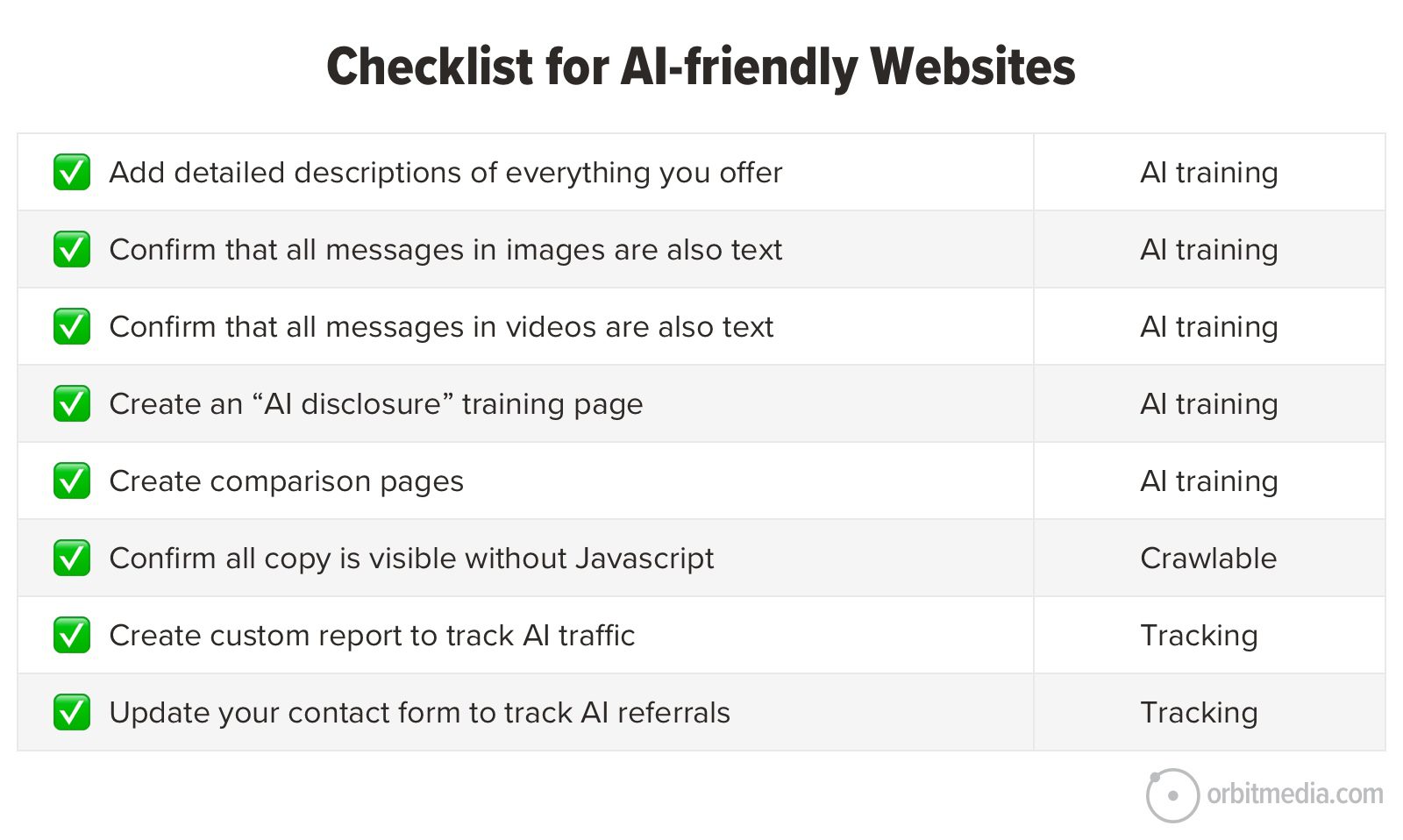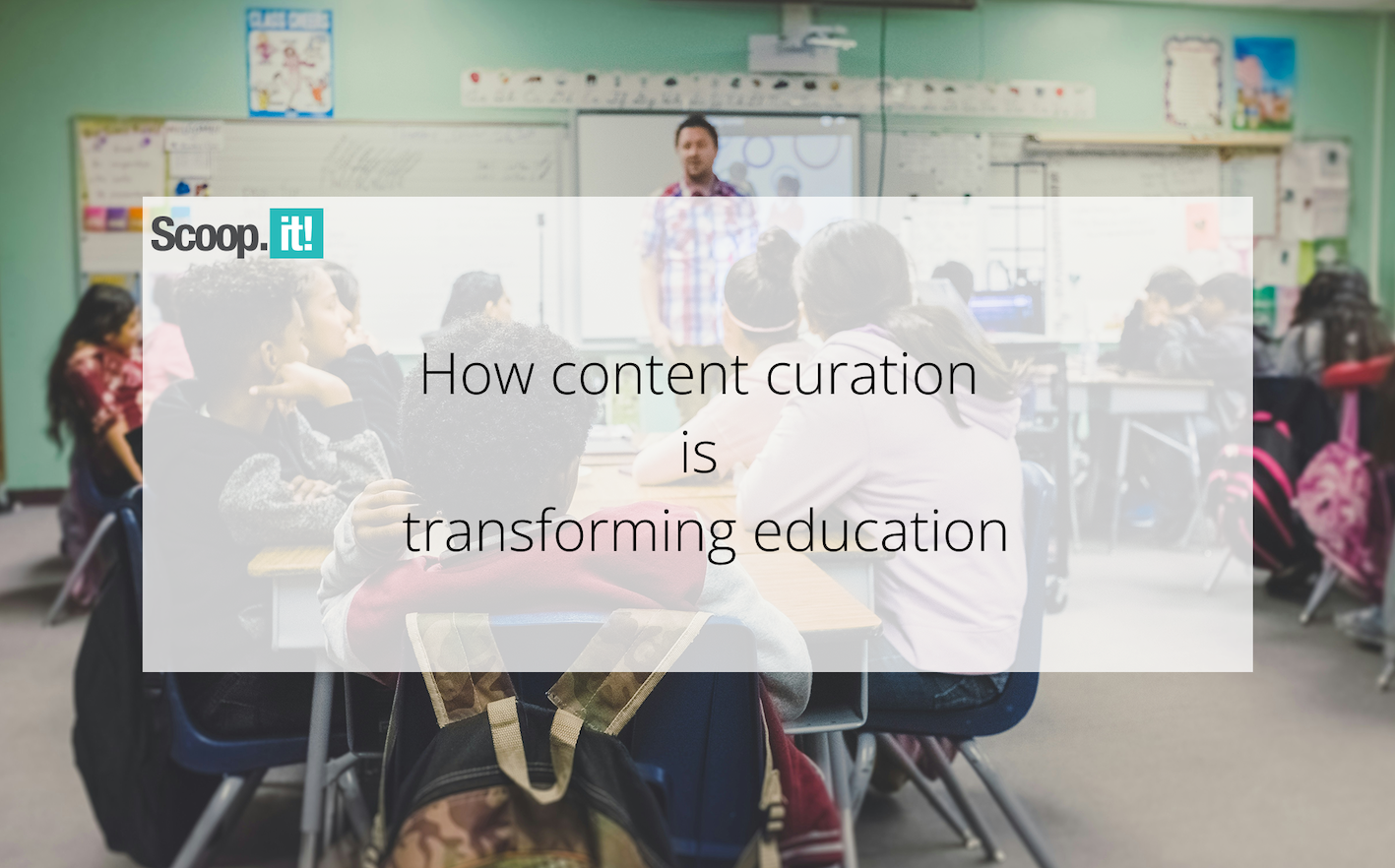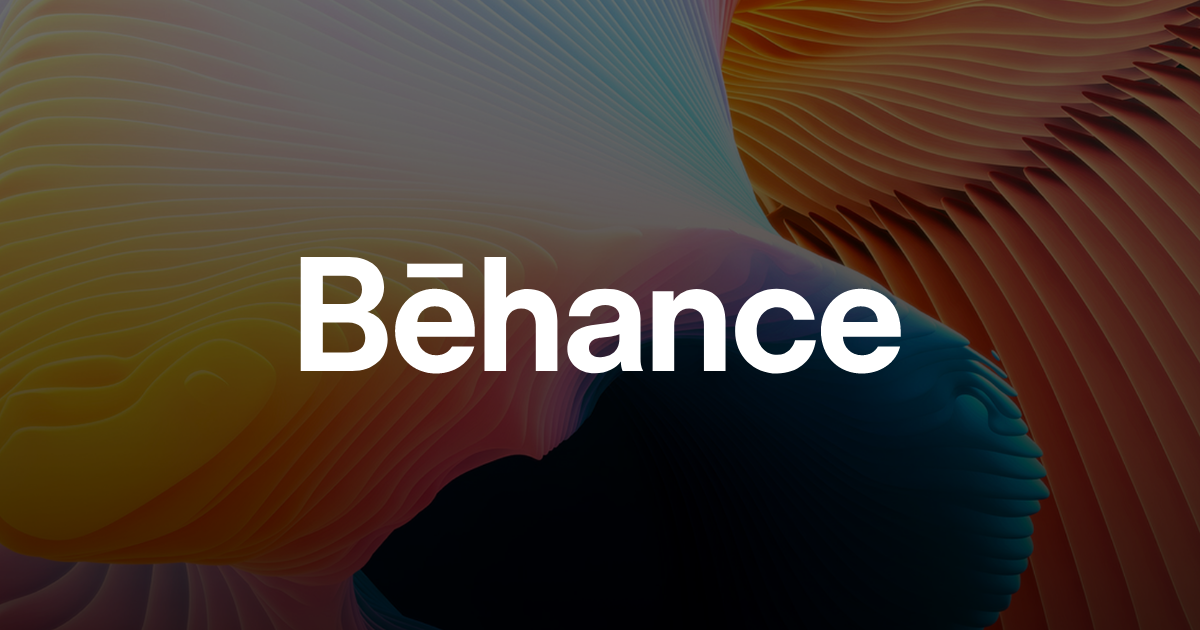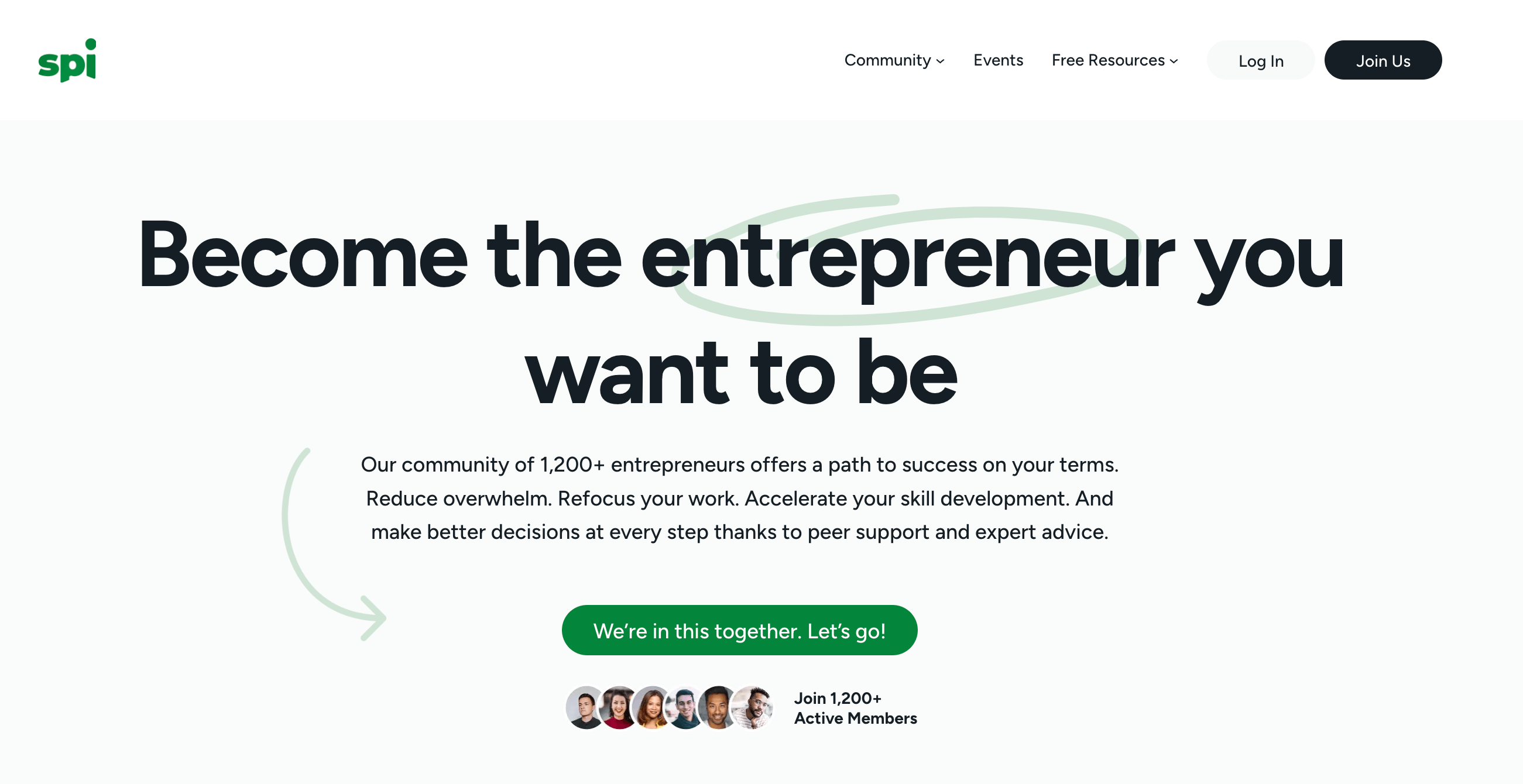How to take control of conflict so it doesn’t control you
Robert Bordone is a negotiation, mediation, and conflict resolution expert who founded Harvard Law School’s Negotiation and Mediation Clinical Program as well as the Cambridge Negotiation Institute. He was a professor at Harvard for many years and is currently a senior fellow at Harvard Law School. Dr. Joel Salinas is a behavioral neurologist and scientist. He was formerly a faculty member at Harvard Medical School and a clinical associate professor of neurology at the NYU Grossman School of Medicine. He was the founded and was chief medical officer at Isaac Health. What’s the big idea? Instead of seeing conflict as a battle to win or a mess to avoid, disagreement can be navigated in a way that creates connection and positive outcomes—on both a business financial level and a relational one. There is value to emerging from our cocoons of comfort in search of the benefits that honest, direct, and courageous engagement with conflict can bring. Conflict Resilience provides usable and scientifically validated strategies to negotiate disagreements with greater confidence and clarity. Whether it’s in your workplace, family, or community, learning to sit with and grow from conflict can create value in every aspect of your life. Below, coauthors Bordone and Salinas share five key insights from their new book, Conflict Resilience: Negotiating Disagreement Without Giving Up or Giving In. Listen to the audio version—read by both authors—in the Next Big Idea app. 1. Your brain treats conflict like a physical threat. When faced with conflict, the brain reacts as if we’re under physical attack. The same neural circuits that process physical pain are involved when we experience social rejection or disagreement. This can trigger our fight-flight-freeze-fawn-fester responses, making us either overly aggressive, avoidant, or stuck in rumination. From a Darwinian perspective, these five responses could have a lot of value when under attack with an existential threat. But in the context of modern day-to-day relationships with family, friends, or colleagues, these brain responses can backfire. The brain’s automatic effort to protect us from discomfort in the moment prevents us from responding in ways that better serve our longer-term interests. The key to conflict resilience is recognizing these automatic reactions, being able to pause and assess whether the in-the-moment threat is real or just discomfort, and then being able to deploy strategies to sit with the discomfort because of what we call the Bigger Better Offer on the other side of conflict. 2. Conflict avoidance makes things worse. When we avoid the discomfort of disagreement by walking away, canceling plans, or changing the topic, we often just amplify the problem over time. It’s understandable why you might shy away from tough conversations with your cousin about conflicting political views. You value the relationship and wish to prevent the disagreement from causing harm. While this strategy may help us navigate Thanksgiving dinner, in the long run, avoidance leaves us feeling less connected to that cousin. Prolonged avoidance makes us feel that we don’t even know each other. Spending time with them feels painful and fake. Eventually, the connection fades. The instinct to avoid for the sake of preserving a relationship ends up being the long-term kill. Our society is set up to aid and abet the avoidance tendency—social media, demographic changes, trigger warnings, cancel culture—all make it super easy to avoid and just hang out with those who think like us. As we see in our polarized world, this path dehumanizes and distances. Just like avoiding exercise weakens muscles, avoiding difficult conversations weakens our ability to navigate disagreements. By learning to name what’s happening—our emotions, triggers, and fears—we can take control instead of letting conflict control us. 3. Curiosity is your best conflict tool. We tend to enter conflict assuming we already know the other person’s perspective. But true conflict resilience comes from curiosity. Instead of debating or defending, try exploring: Ask open-ended questions, listen deeply, and seek to understand before being understood. When people feel heard, difficult conversations become more productive. It’s easy to say be curious, but it’s hard to do when we feel like we really do know what the other side thinks. Psychological biases tend to make us certain about how those we disagree with think, even when the truth is that we are often missing a lot of important information that can unlock the door to how they think, what matters to them, how to persuade them, and how better to connect with them. In our book, we share real-life examples of how cultivating curiosity led to breakthroughs in relationships, negotiations, and deal-making. As we explore the deeper perspectives of those with whom we disagree, the possibilities for connection grow, even if we still don’

Robert Bordone is a negotiation, mediation, and conflict resolution expert who founded Harvard Law School’s Negotiation and Mediation Clinical Program as well as the Cambridge Negotiation Institute. He was a professor at Harvard for many years and is currently a senior fellow at Harvard Law School.
Dr. Joel Salinas is a behavioral neurologist and scientist. He was formerly a faculty member at Harvard Medical School and a clinical associate professor of neurology at the NYU Grossman School of Medicine. He was the founded and was chief medical officer at Isaac Health.
What’s the big idea?
Instead of seeing conflict as a battle to win or a mess to avoid, disagreement can be navigated in a way that creates connection and positive outcomes—on both a business financial level and a relational one. There is value to emerging from our cocoons of comfort in search of the benefits that honest, direct, and courageous engagement with conflict can bring. Conflict Resilience provides usable and scientifically validated strategies to negotiate disagreements with greater confidence and clarity. Whether it’s in your workplace, family, or community, learning to sit with and grow from conflict can create value in every aspect of your life.
Below, coauthors Bordone and Salinas share five key insights from their new book, Conflict Resilience: Negotiating Disagreement Without Giving Up or Giving In. Listen to the audio version—read by both authors—in the Next Big Idea app.
1. Your brain treats conflict like a physical threat.
When faced with conflict, the brain reacts as if we’re under physical attack. The same neural circuits that process physical pain are involved when we experience social rejection or disagreement. This can trigger our fight-flight-freeze-fawn-fester responses, making us either overly aggressive, avoidant, or stuck in rumination.
From a Darwinian perspective, these five responses could have a lot of value when under attack with an existential threat. But in the context of modern day-to-day relationships with family, friends, or colleagues, these brain responses can backfire. The brain’s automatic effort to protect us from discomfort in the moment prevents us from responding in ways that better serve our longer-term interests.
The key to conflict resilience is recognizing these automatic reactions, being able to pause and assess whether the in-the-moment threat is real or just discomfort, and then being able to deploy strategies to sit with the discomfort because of what we call the Bigger Better Offer on the other side of conflict.
2. Conflict avoidance makes things worse.
When we avoid the discomfort of disagreement by walking away, canceling plans, or changing the topic, we often just amplify the problem over time. It’s understandable why you might shy away from tough conversations with your cousin about conflicting political views. You value the relationship and wish to prevent the disagreement from causing harm. While this strategy may help us navigate Thanksgiving dinner, in the long run, avoidance leaves us feeling less connected to that cousin.
Prolonged avoidance makes us feel that we don’t even know each other. Spending time with them feels painful and fake. Eventually, the connection fades. The instinct to avoid for the sake of preserving a relationship ends up being the long-term kill.
Our society is set up to aid and abet the avoidance tendency—social media, demographic changes, trigger warnings, cancel culture—all make it super easy to avoid and just hang out with those who think like us. As we see in our polarized world, this path dehumanizes and distances.
Just like avoiding exercise weakens muscles, avoiding difficult conversations weakens our ability to navigate disagreements. By learning to name what’s happening—our emotions, triggers, and fears—we can take control instead of letting conflict control us.
3. Curiosity is your best conflict tool.
We tend to enter conflict assuming we already know the other person’s perspective. But true conflict resilience comes from curiosity. Instead of debating or defending, try exploring: Ask open-ended questions, listen deeply, and seek to understand before being understood. When people feel heard, difficult conversations become more productive.
It’s easy to say be curious, but it’s hard to do when we feel like we really do know what the other side thinks. Psychological biases tend to make us certain about how those we disagree with think, even when the truth is that we are often missing a lot of important information that can unlock the door to how they think, what matters to them, how to persuade them, and how better to connect with them. In our book, we share real-life examples of how cultivating curiosity led to breakthroughs in relationships, negotiations, and deal-making.
As we explore the deeper perspectives of those with whom we disagree, the possibilities for connection grow, even if we still don’t see eye-to-eye.
4. Discomfort is not damaging.
One of the biggest myths about conflict is that it’s inherently bad or destructive. In our professional work, we are constantly frustrated when people talk about “eliminating” or “reducing” conflict. Healthy conflict is a sign that folks feel free enough to be themselves and that there is enough diversity in the room to make life interesting and vibrant.
Disagreement itself doesn’t have to lead to division. Tension can lead to growth—both personally and in relationships. We talk about how to stay in conflict to achieve the Bigger Better Offer.
We also offer evidence-based tools to help you decide when to commit to stay engaged and when to draw the line between discomfort for growth and submitting yourself to ongoing harm or trauma. It’s a hard line to draw, but an important one.
5. Resilience is a skill you can build.
Conflict resilience isn’t something we’re naturally good at. Each of us may be more or less conflict-resilient because of our upbringing, personality, and disposition. But whether you think you are super conflict-resilient or completely avoidant, you can get better with practice.
Through small, daily actions—like pausing before reacting, naming your emotions, and shifting from defensiveness to curiosity—you can transform conflict from a source of stress into an opportunity for connection and change. The more you practice, the more you’ll see improved relationships, connections, and outcomes. And the more you practice, the easier it becomes.
This article originally appeared in Next Big Idea Club magazine and is reprinted with permission.






















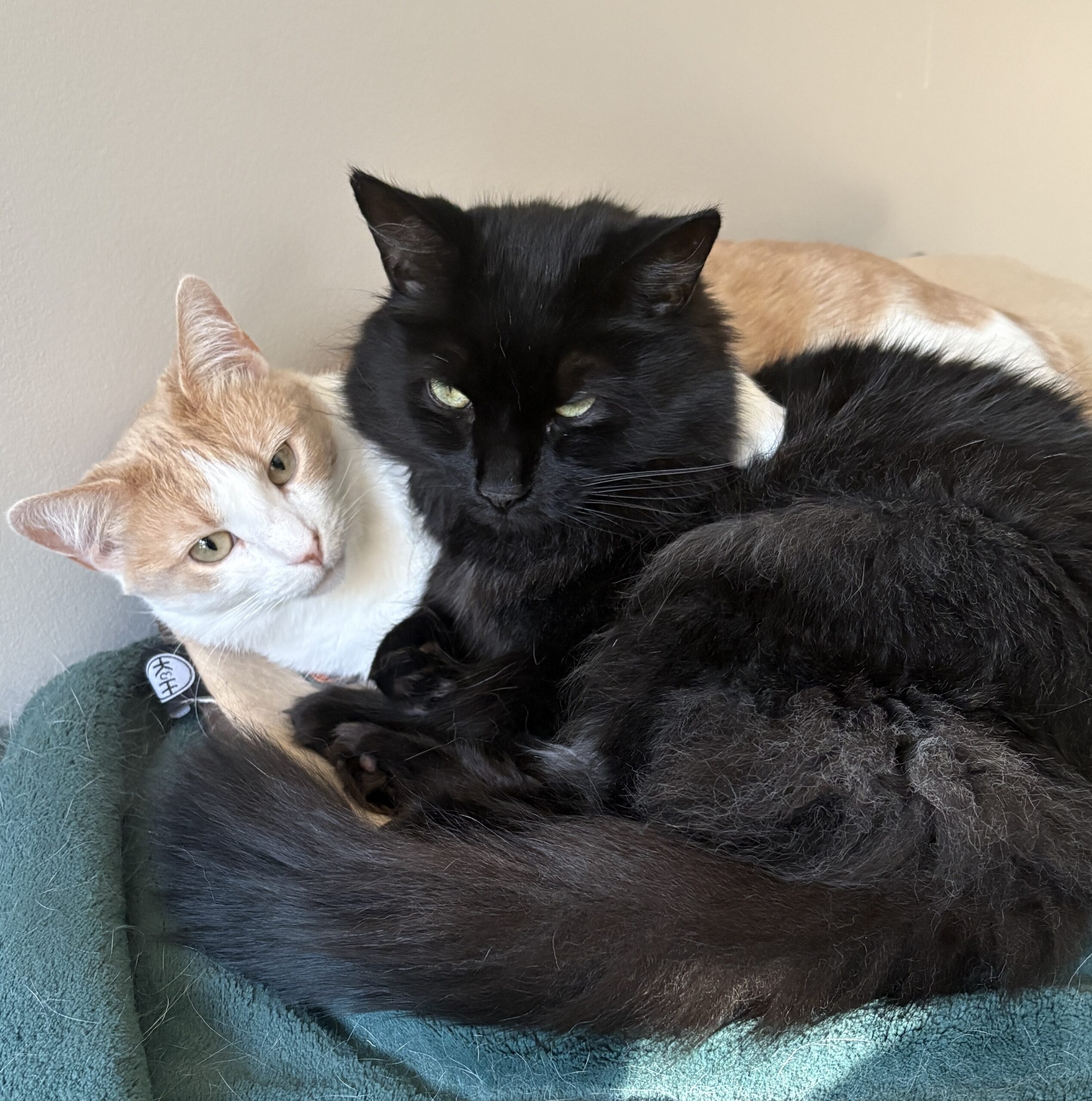


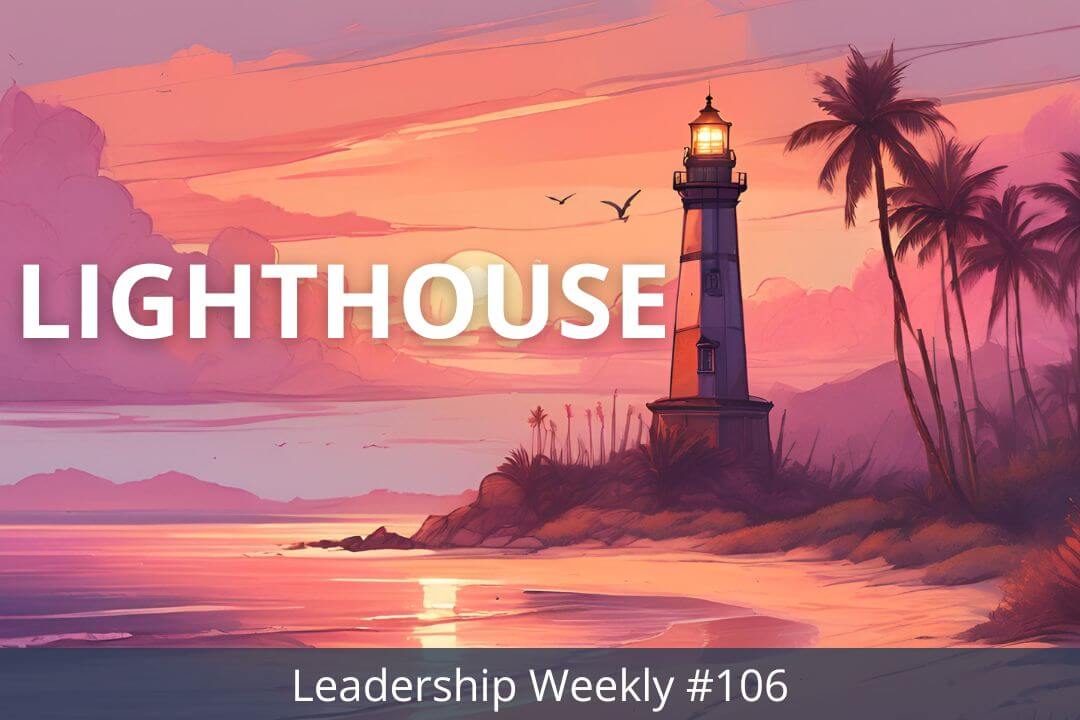


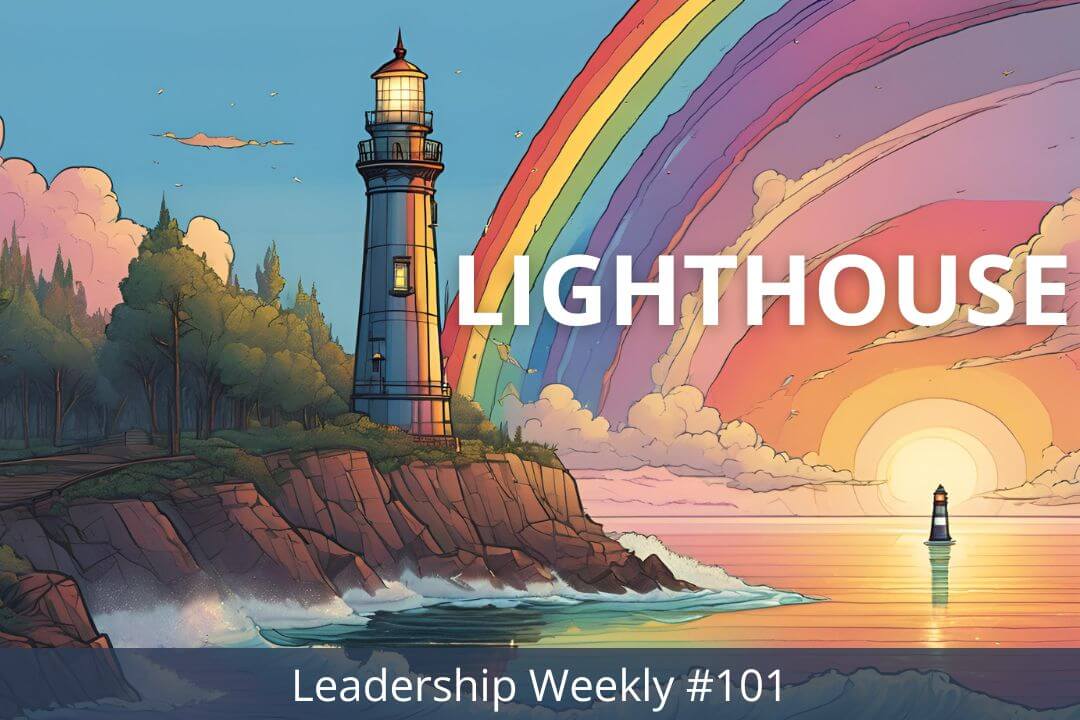

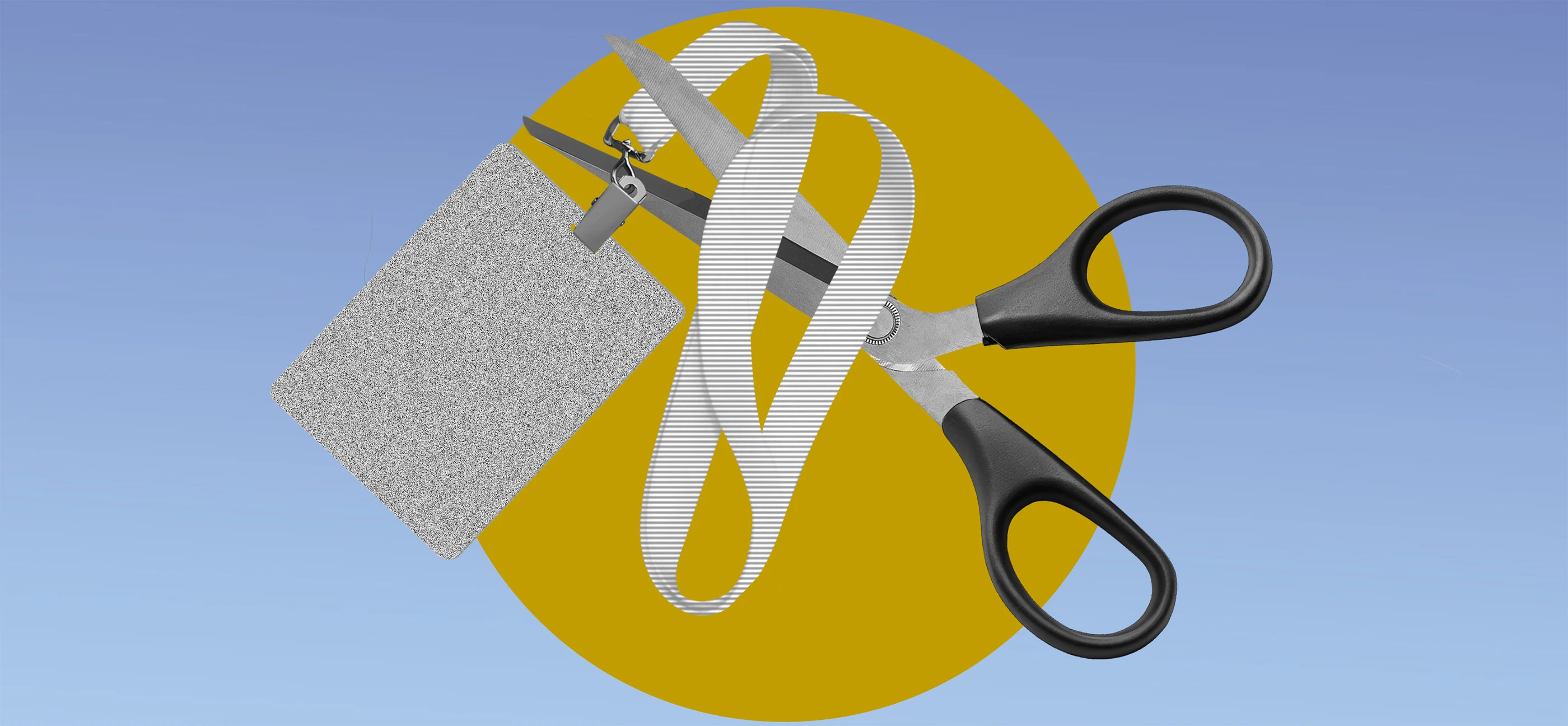
































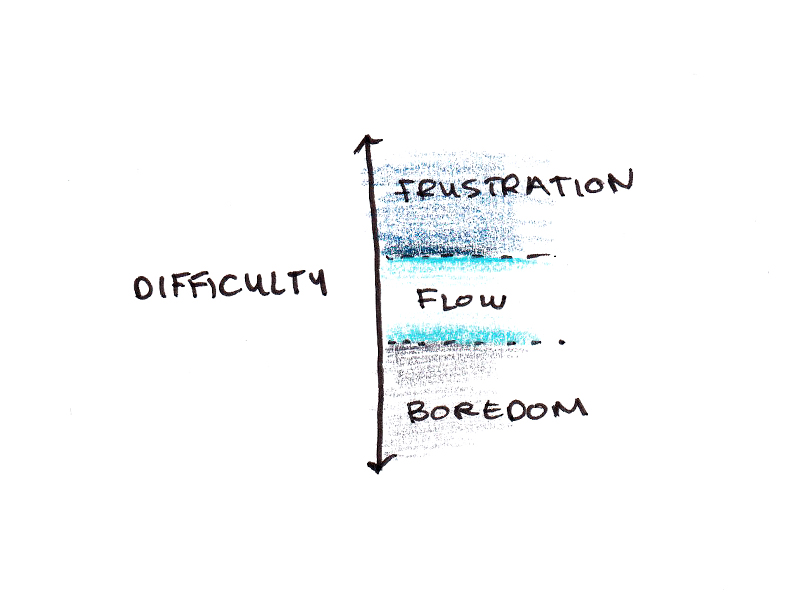
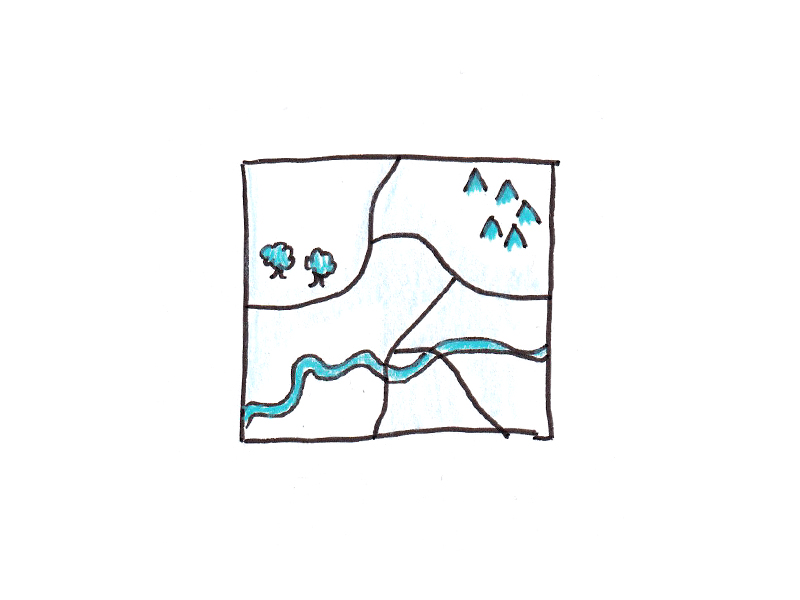










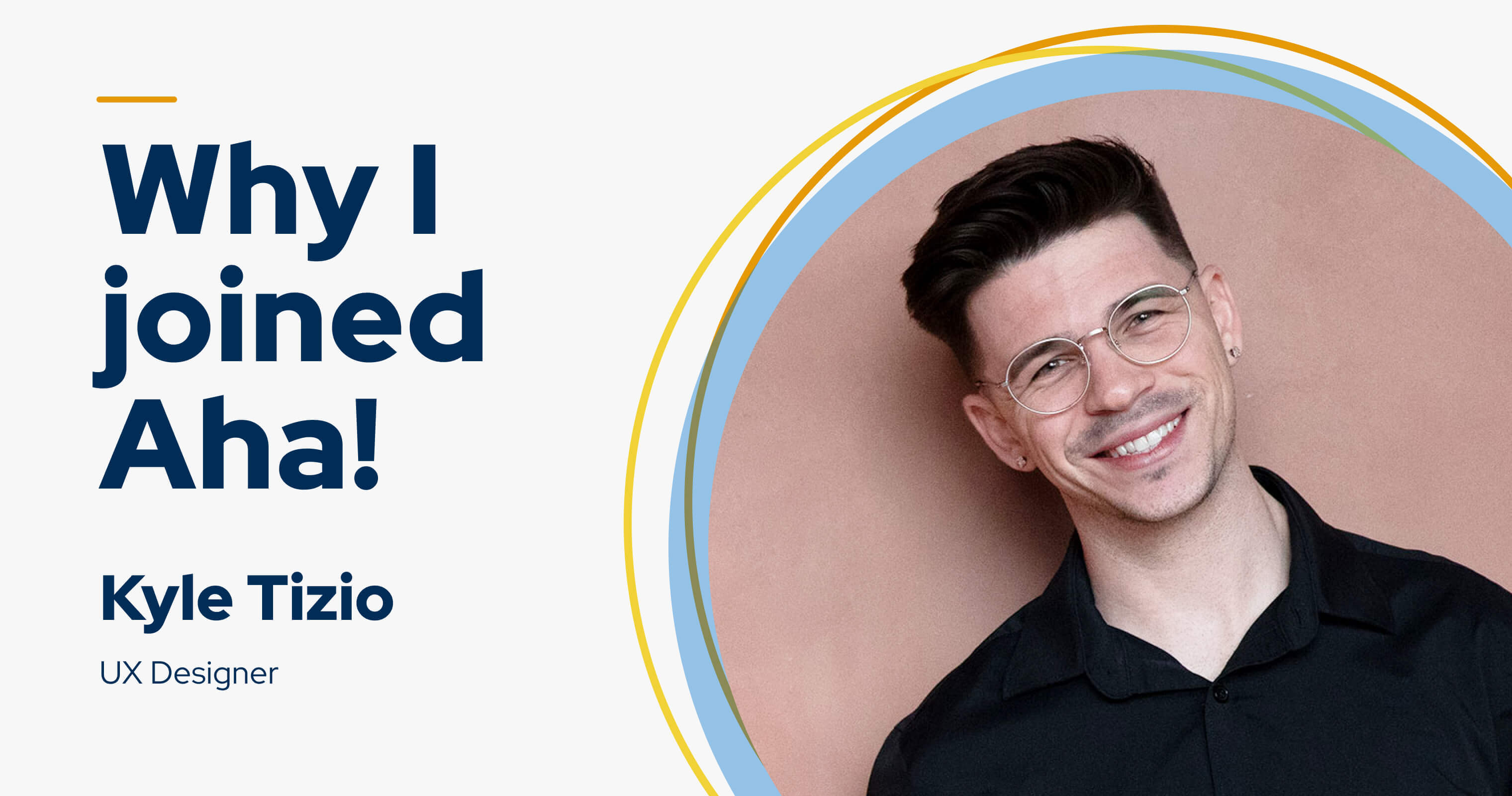




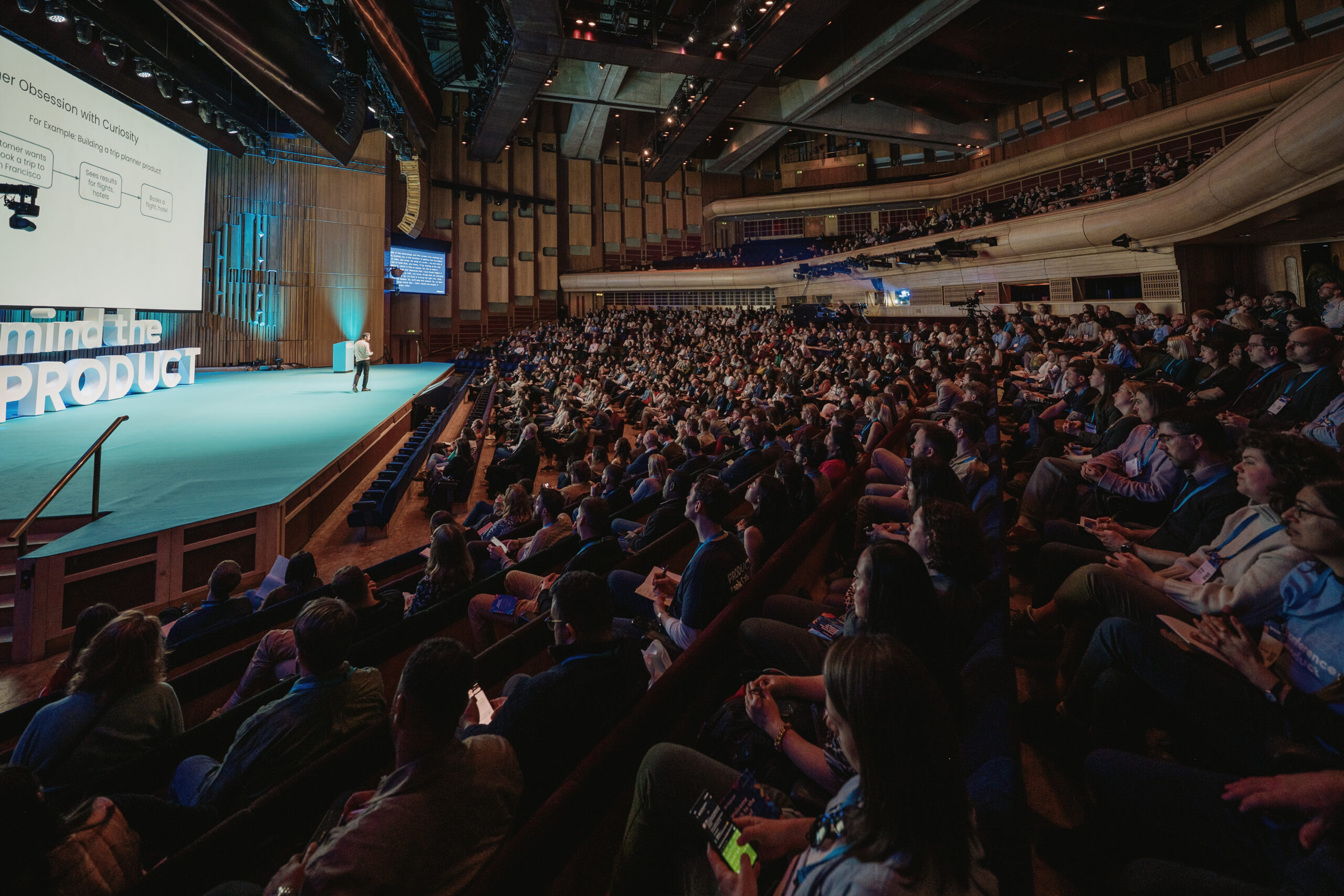
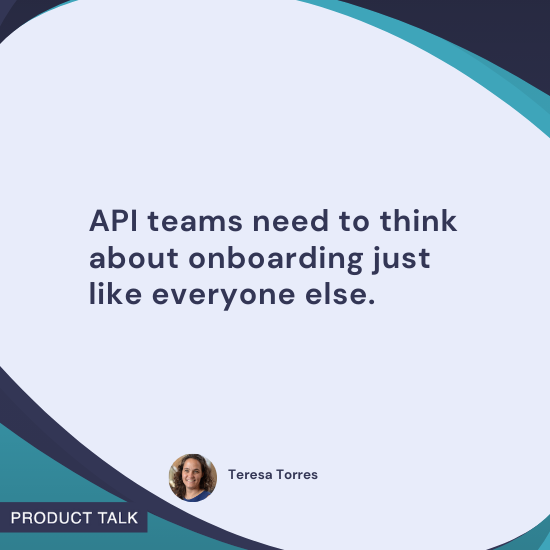


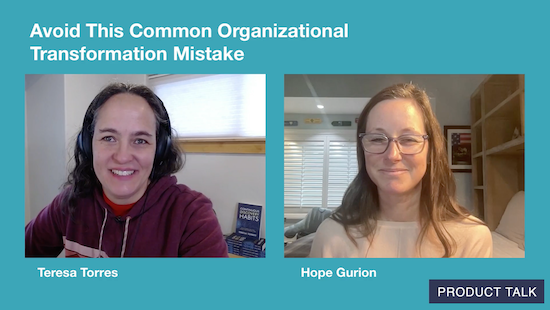



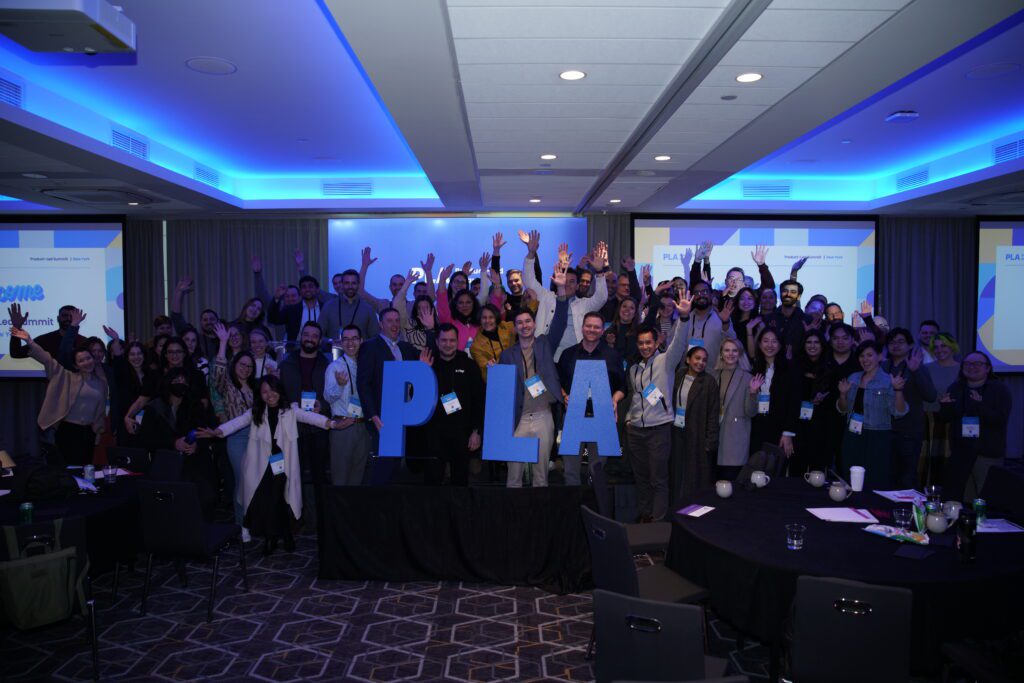









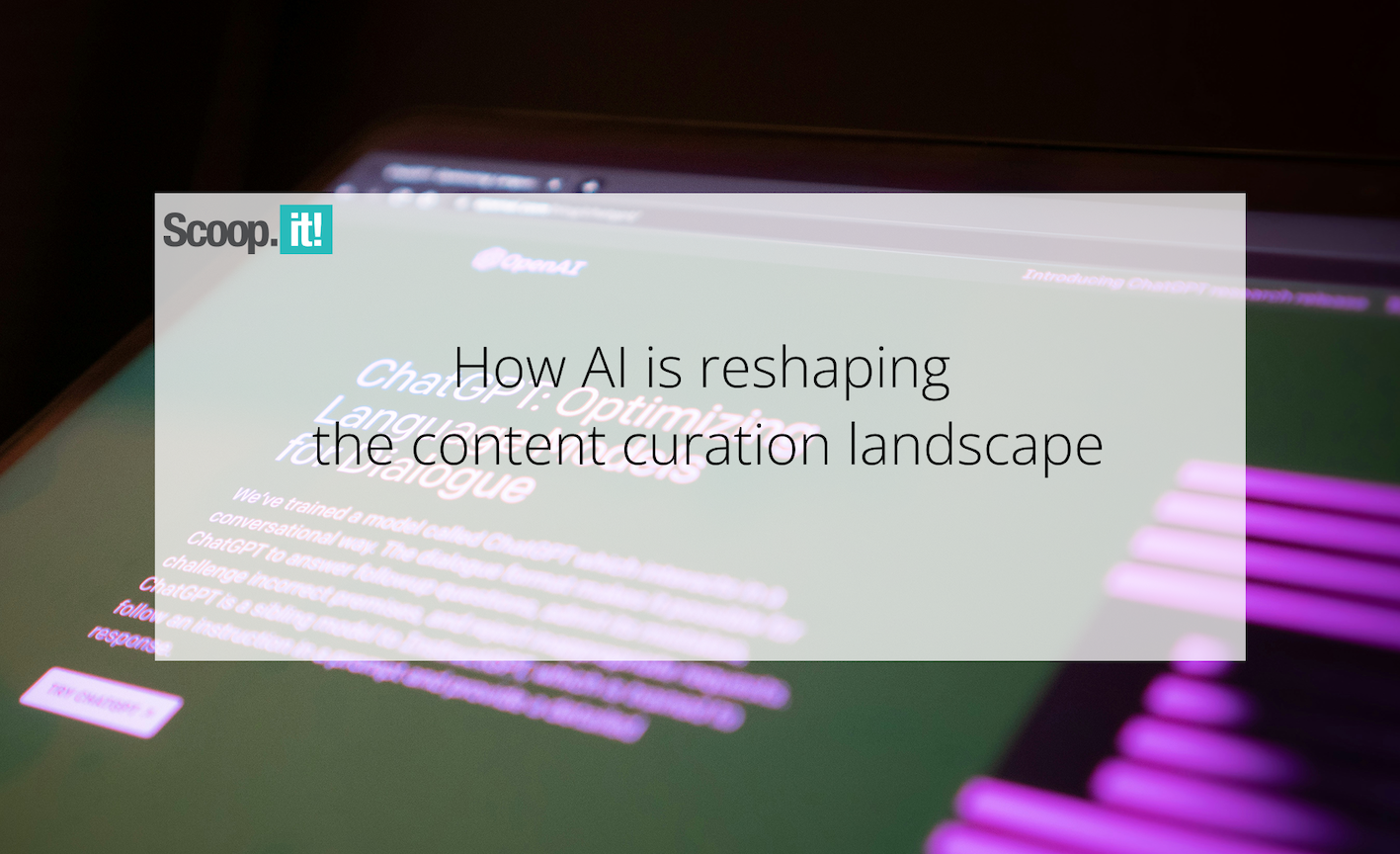
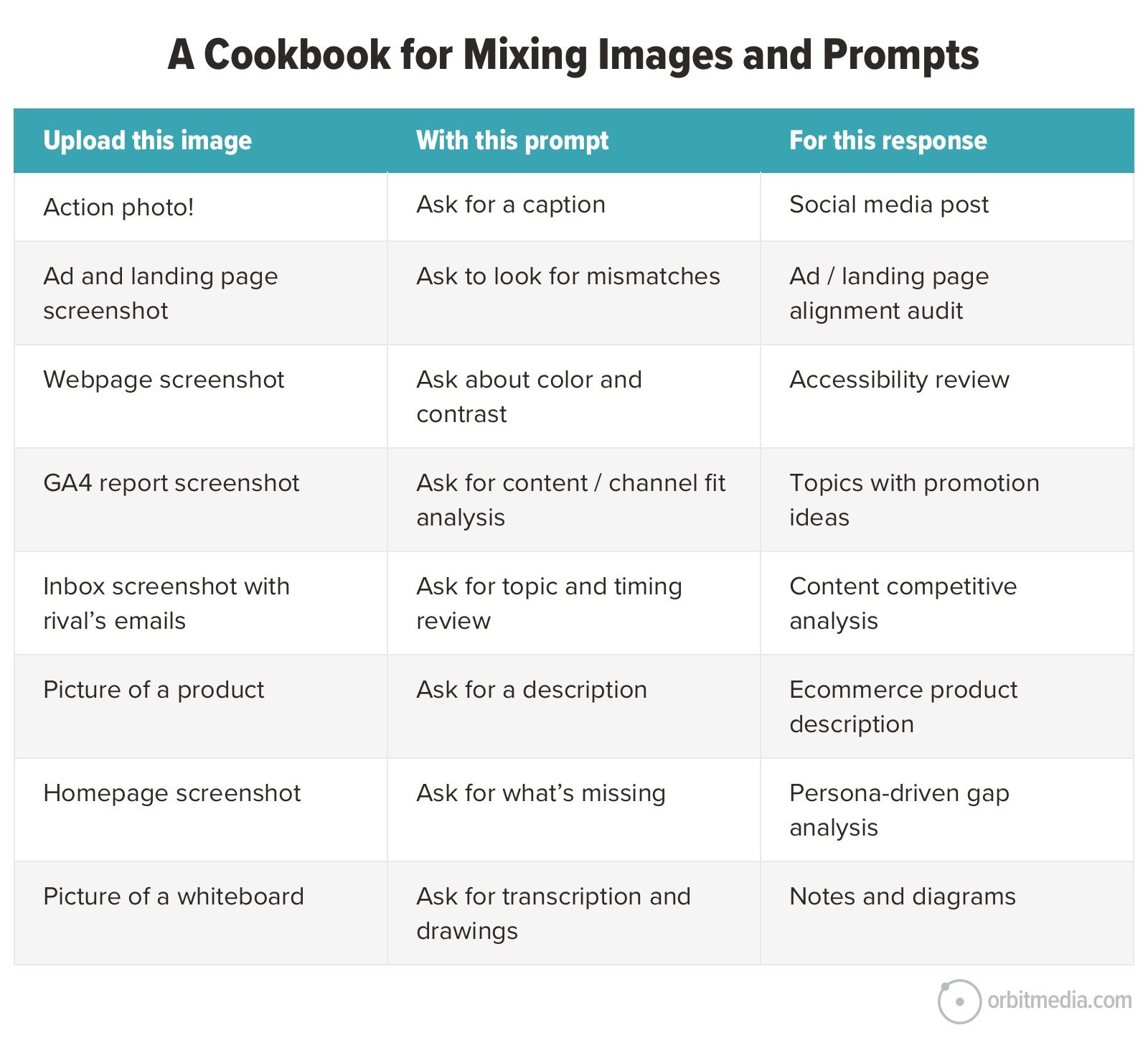

![Building A Digital PR Strategy: 10 Essential Steps for Beginners [With Examples]](https://buzzsumo.com/wp-content/uploads/2023/09/Building-A-Digital-PR-Strategy-10-Essential-Steps-for-Beginners-With-Examples-bblog-masthead.jpg)





![How One Brand Solved the Marketing Attribution Puzzle [Video]](https://contentmarketinginstitute.com/wp-content/uploads/2025/03/marketing-attribution-model-600x338.png?#)




